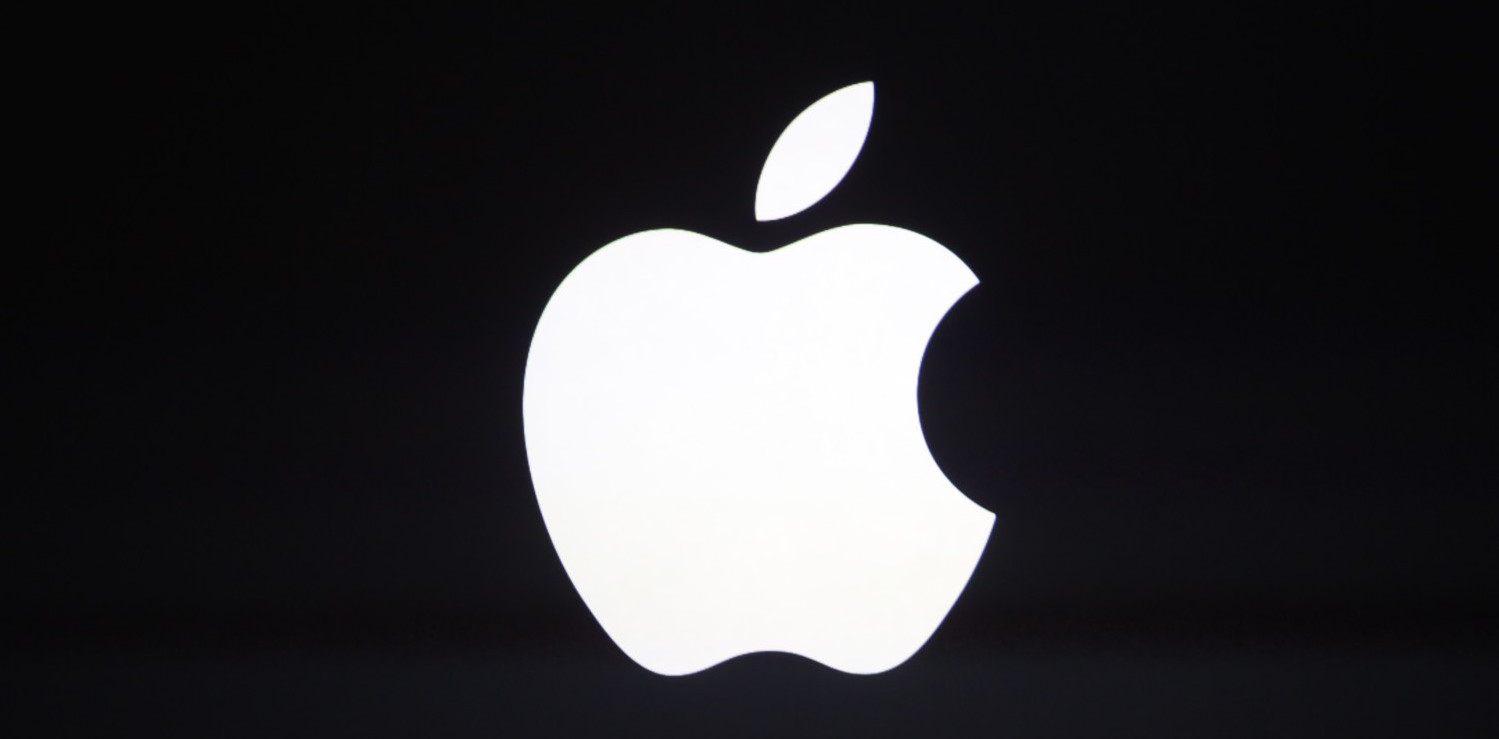Huawei was founded in 1987 by Ren Zhengfei, a former engineer in the People's Liberation Army. At the time of its establishment Huawei was focused on manufacturing phone switches, but has since expanded its business to include building telecommunications networks; providing operational and consulting services and equipment to enterprises inside and outside of China; and manufacturing communications devices for the consumer market.Huawei has over 140,000 employees, around 46% of whom are engaged in research and development (R&D).It has 21 R&D institutes in countries including China, the United States,Canada,UK,Pakistan, France, Belgium, Germany, Colombia,Sweden, Ireland, India, Russia, and Turkey,and in 2013 invested US$5 billion in R&D.
History:
During the 1980s, China's government pressed forward a multi-pronged strategy to modernize the country's underdeveloped telecommunications infrastructure. A core component of the telecommunications network was telephone exchange switches, and in the late 1980s several Chinese research groups endeavored to acquire and develop the technology, usually through joint ventures with foreign companies.
Ren Zhengfei, a former deputy director of the People's Liberation Army engineering corp, founded Huawei in 1987 in Shenzhen. Rather than relying on joint ventures to secure technology transfers from foreign companies, Ren focused on indigenous research and development to produce the switches. At a time when 100% of China's telecommunications technology was imported from abroad, Ren hoped to build a domestic Chinese telecommunication company that could take on foreign competitors.
The company reports that it had RMB 21,000 in registered capital at the time of its founding. The Far Eastern Economic Review also reported that it received an $8.5 million loan from a state-owned bank, though the company has denied the existence of the loan.
During its first several years the company's business model consisted mainly of reselling private branch exchange (PBX) switches imported from Hong Kong. Meanwhile, it was reverse-engineering imported switches and investing heavily in research and development to manufacture its own technologies. By 1990 the company had approximately 500 R&D staff, and began its own independent commercialization of PBX switches targeting hotels and small enterprises.
The company's first major breakthrough came in 1993, when it launched its C&C08 program controlled telephone switch. It was by far the most powerful switch available in China at the time. By initially deploying in small cities and rural areas and placing emphasis on service and customizability, the company gained market share and made its way into the mainstream market.The company also developed collusive joint venture relationships with local authorities, whereby it would provide "dividends" to the local officials in exchange for their using Huawei products in the network. Ahrens writes that these methods were "unorthodox, bordering on corrupt," but not illegal.
Huawei also gained a key contract to build the first national telecommunications network for the People's Liberation Army, a deal one employee described as "small in terms of our overall business, but large in terms of our relationships."In 1994, founder Ren Zhengfei had a meeting with Chinese president Jiang Zemin, telling him that "switching equipment technology was related to international security, and that a nation that did not have its own switching equipment was like one that lacked its own military." Jiang reportedly agreed with this assessment.
Another major turning point for the company came in 1996, when the government in Beijing adopted an explicit policy of supporting domestic telecommunications manufacturers and restricting access to foreign competitors. Huawei was promoted by both the government and the military as a national champion, and established new research and development offices.

 Apple Inc.
Apple Inc. iOS
iOS Android
Android Samsung
Samsung